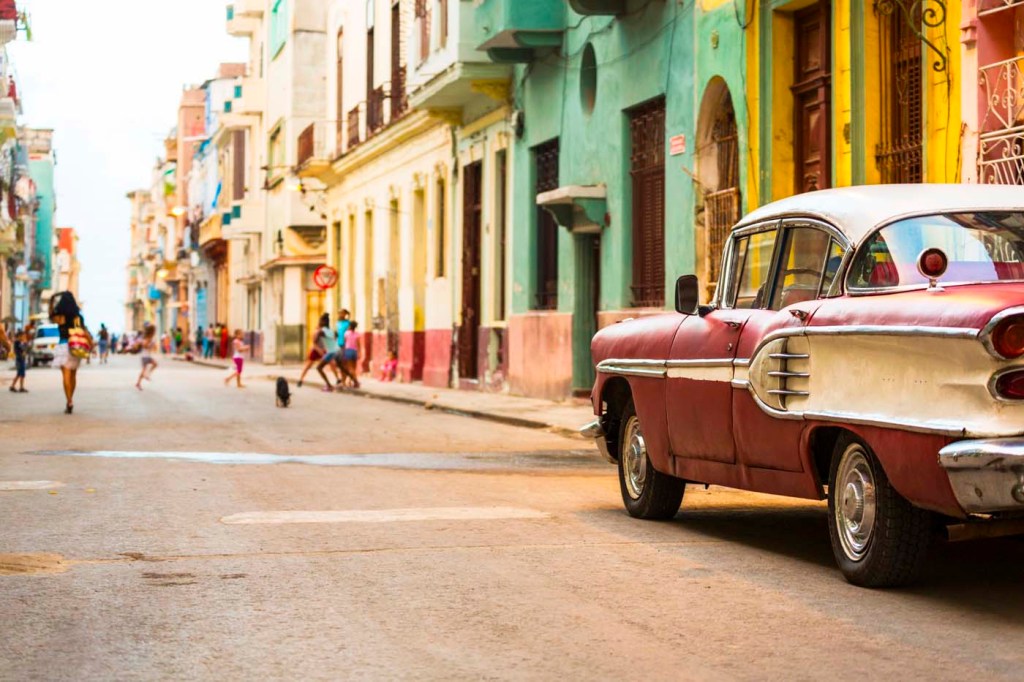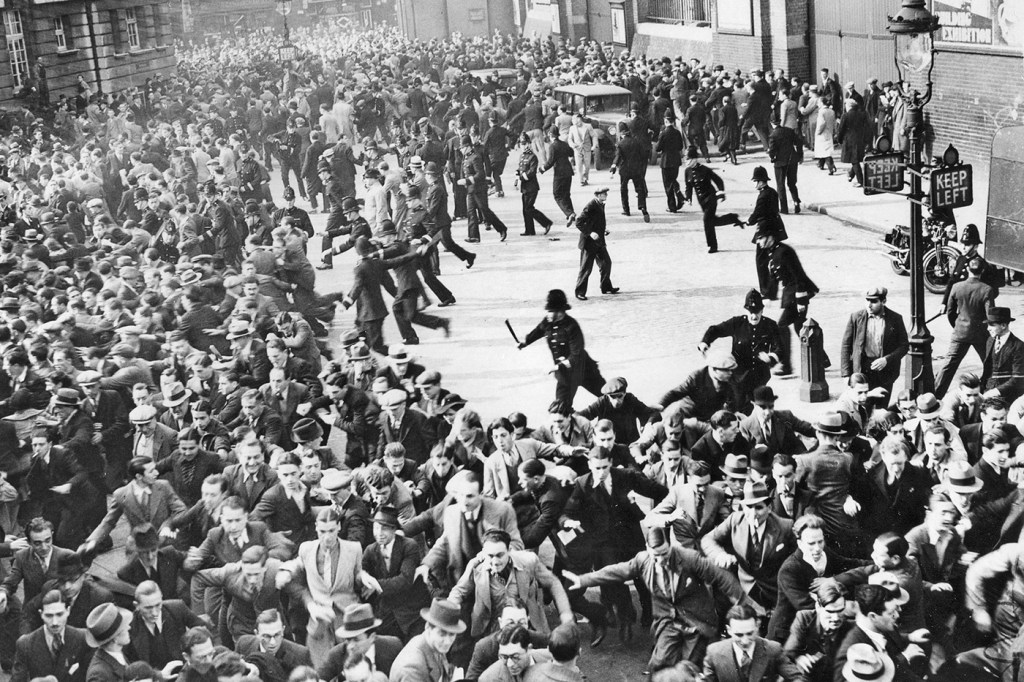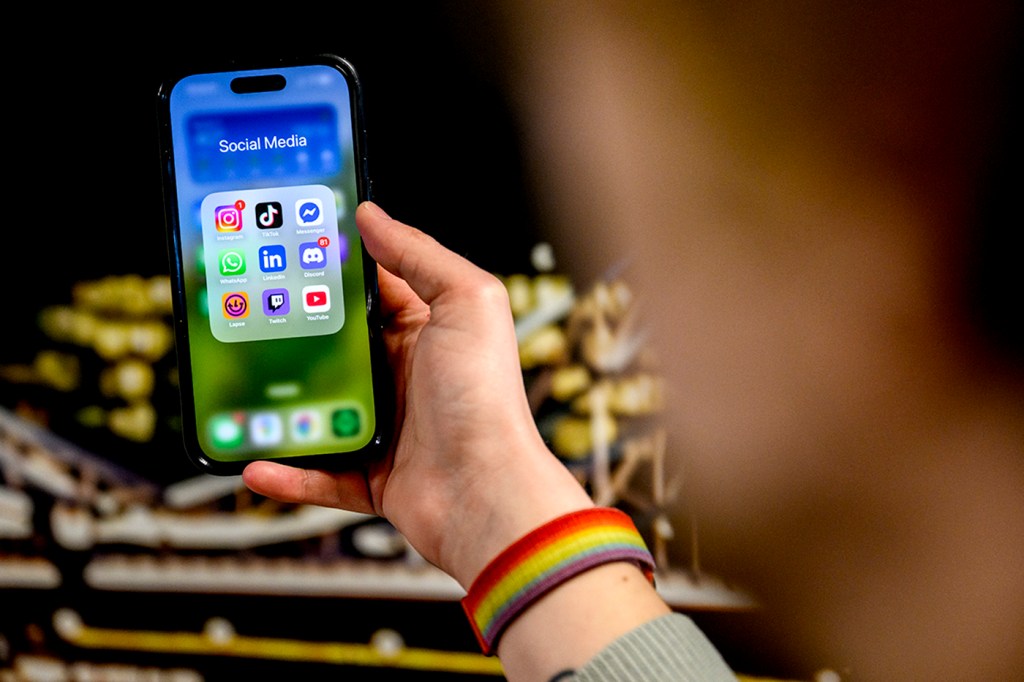3Qs: Historic policy shift for US and Cuba

 On Wednesday, President Barack Obama announced plans to “normalize relations” between the U.S. and Cuban governments, effectively lifting a half-century trade embargo that the U.S. imposed on the island nation in 1963. Obama noted that the American policy of isolating Cuba has not worked, and agreed with Cuban President Raul Castro to exchange prisoners, open embassies, and ease restrictions on commerce and trade.
On Wednesday, President Barack Obama announced plans to “normalize relations” between the U.S. and Cuban governments, effectively lifting a half-century trade embargo that the U.S. imposed on the island nation in 1963. Obama noted that the American policy of isolating Cuba has not worked, and agreed with Cuban President Raul Castro to exchange prisoners, open embassies, and ease restrictions on commerce and trade.
We asked Amílcar Antonio Barreto, an associate professor of political science and an affiliated faculty member of the International Affairs and African American Studies departments, to explain what this historic policy shifts means for the two countries, which are separated by just 90 miles of water.
What does this “normalized relationship” mean for the U.S. and Cuba now? How will both countries benefit?
While normalization will bolster some American exports, the economic impact on Cuba will be quite considerable. Before the 1959 revolution, the United States was Cuba’s largest trading partner. In relatively short order that is likely to resume. Normalized relations will not end American disapproval of Cuba’s human rights record, but such criticisms will not impede bilateral trade. In that regard, U.S. relations with Cuba will parallel Washington’s many dealings with non-democratic states. And with full diplomatic relations, Cuban citizens will have the opportunity to apply for work permits in the U.S., legally immigrate, and facilitate family reunions across the Straits of Florida.
Beyond the resumption of diplomatic exchanges along with opening embassies and consulates, normalization may signal American willingness to allow Cuba to join the Organization of American States—a move Washington has been blocking for decades. But normalization will not solve all bilateral disputes, such as the status of the U.S. Naval station at Guantánamo Bay. That is likely to remain, for the time being, a sore subject between Havana and Washington.
Why is now the time to ease the embargo restrictions and open a dialogue with Cuba?
Domestic political considerations loom large over this decision’s timing. It’s too late for this issue to negatively impact either Obama’s re-election or any off-year elections under his watch. Concurrently, this announcement was made well in advance of the upcoming presidential race. By the time the 2016 elections roll around, formal relations between Cuba and the U.S. will be a fait accompli. With only two years remaining in his presidency this is the right time for Obama to contemplate and execute bold policy moves that will leave a lasting imprint on his legacy.
The announcement’s timing also speaks volumes about the changing status of Cuban Americans. Fidel Castro’s ascent trigged a mass exodus to Florida. This diaspora exemplified economic and cultural life in southern Florida. Cuban Americans dominated Latino politics in a state that is a quarter Latino, and growing. But the continued demographic upsurge in Florida’s Latinos is non-Cuban. While they speak the same language, these new Latinos do not share the same anti-Castro outlook. Furthermore, younger Cuban Americans are not as opposed to normalizing relations with Havana as their elders. This announcement portends a future Florida where opposition to the Castro regimes carries less political weight.
In his address announcing the diplomatic breakthrough, President Obama noted that the American policy of isolating Cuba for the past half-century has not worked. What parts of the embargo have hurt Cuban society the most?
The U.S. economic embargo net around Cuba is replete with gaps. Rather than purchase products directly from the U.S., Cuba has long been able to buy American products via third parties, such as Mexico, Panama, and Venezuela. Still, that trade hurdle augments their costs. High prices for American goods constitute a considerable barrier to the average Cuban consumer. The fortunate few include Cubans with relatives abroad who financially aid their families through remittances.
While Cuban agricultural products—particularly sugar, rum, and tobacco—found markets outside the U.S., the country had not succeeded in completely replacing Americans’ absent impact on tourism. European and Canadian travelers fill part of that void, but not all. Particularly in the wake of the Soviet Union’s collapse, Canadians and Europeans are among the largest foreign investors in the Cuban economy. Venezuela and China have also made considerable investments in Cuba. But these investments pale in contrast to what Americans would directly invest were it not for the embargo. The embargo has also extricated the average Cuban from the technological revolution of the past couple of decades.





